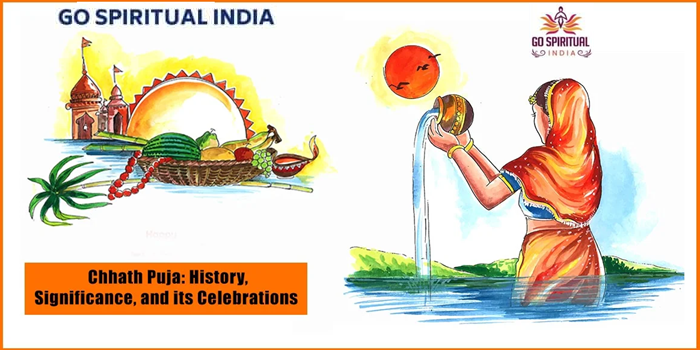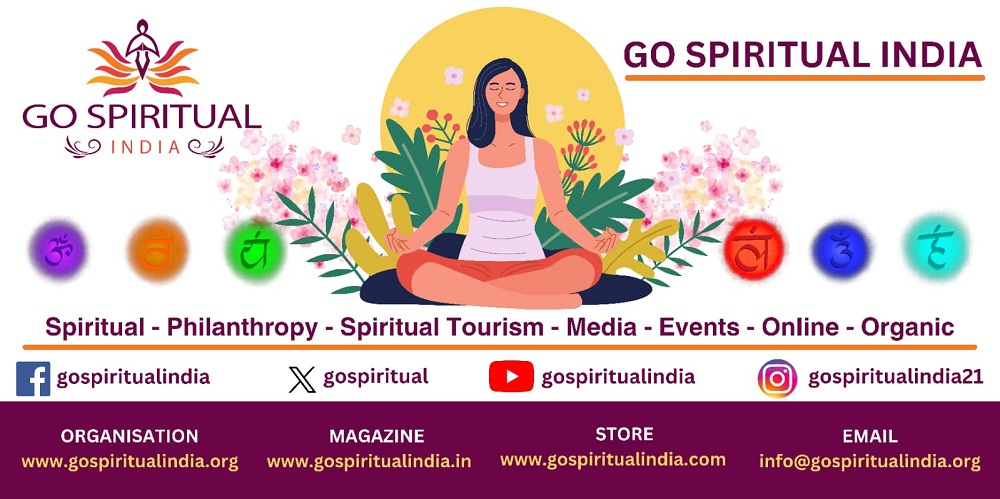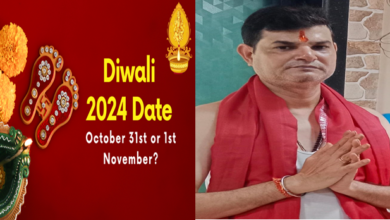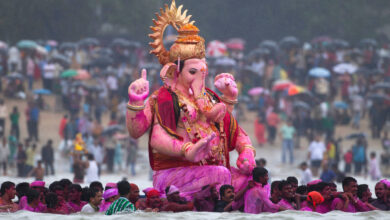
Chhath Puja, a unique and ancient Hindu festival dedicated to the Sun God (Surya) and Chhathi Maiya, has begun across India with fervent devotion and ritualistic rigor. This four-day celebration, primarily observed in Bihar, Jharkhand, Uttar Pradesh, and parts of Nepal, holds deep significance as a time for thanksgiving to the sun for sustaining life on Earth, along with praying for prosperity, well-being, and healing.
The puja is believed to have been observed since the Vedic times, drawing roots from age-old sun worship practices. Surya is considered the source of energy, power, and healing, while Chhathi Maiya, believed to be an incarnation of Usha, the consort of Surya, is worshipped for blessing families with health, happiness, and longevity.
The Rituals of Chhath Puja
Chhath Puja is marked by a series of rituals performed at sunrise and sunset by devotees, who fast for 36 hours and immerse themselves in prayer and meditation. These rituals include:
- Nahaye Khaye – The first day of Chhath Puja is about personal and spiritual purification, with devotees bathing in sacred rivers or ponds. They prepare meals free from onions, garlic, and salt, maintaining a pure sattvic (spiritually clean) diet.
- Kharna – On the second day, devotees keep a day-long fast, which they break after sunset with a special prasad made of kheer (sweet rice pudding), roti, and fruits. This meal is shared with family, emphasizing unity and gratitude.
- Sandhya Arghya – The third day is the highlight of the puja, with devotees gathering at riverbanks to offer ‘arghya’ (offerings) to the setting sun. Devotees wade into the water, holding baskets filled with fruits, sugarcane, and traditional offerings, while singing folk songs passed down through generations.
- Usha Arghya – The final day involves the most revered offering to the rising sun at dawn. Devotees perform this ritual while immersed in water, praying for renewed life, strength, and blessings. After the morning arghya, they break their fast and conclude the puja with prasad distribution among family and friends.
Chhath Puja’s Spiritual Significance
Chhath Puja is a profound example of humanity’s bond with nature, embodying the spirit of sustainable living. It encourages devotees to worship the natural elements—sun, water, air—and acknowledges their importance in sustaining life. Observed without the use of any idols, the puja has a remarkably eco-friendly approach, focusing on prayers, offerings, and connection with natural resources.
In recent years, the festival has gained popularity across urban centers, with grand celebrations organized in metro cities like Delhi, Mumbai, and Kolkata. Devotees from diverse backgrounds come together to participate in the puja, making it a truly national and unifying festival.
The Growing Awareness Around Chhath Puja
With increased awareness of the ecological significance of Chhath Puja, various communities and state governments are ensuring that celebrations remain environmentally friendly. Clean-ups of riverbanks and designated spots for rituals are organized, encouraging devotees to celebrate responsibly. The emphasis is on preserving the sanctity of water bodies, making this festival an exemplary model of spiritual ecology.
Conclusion
Chhath Puja is not just a religious celebration; it is a tribute to the interdependence of all living beings with nature. As devotees gather this week, they embody the essence of humility, reverence, and resilience, demonstrating a harmonious relationship with the elements. In a world grappling with ecological crises, Chhath Puja serves as a gentle reminder of our roots in nature and our role in its preservation.
May this Chhath Puja bring renewed spiritual connection, healing, and blessings to all.










